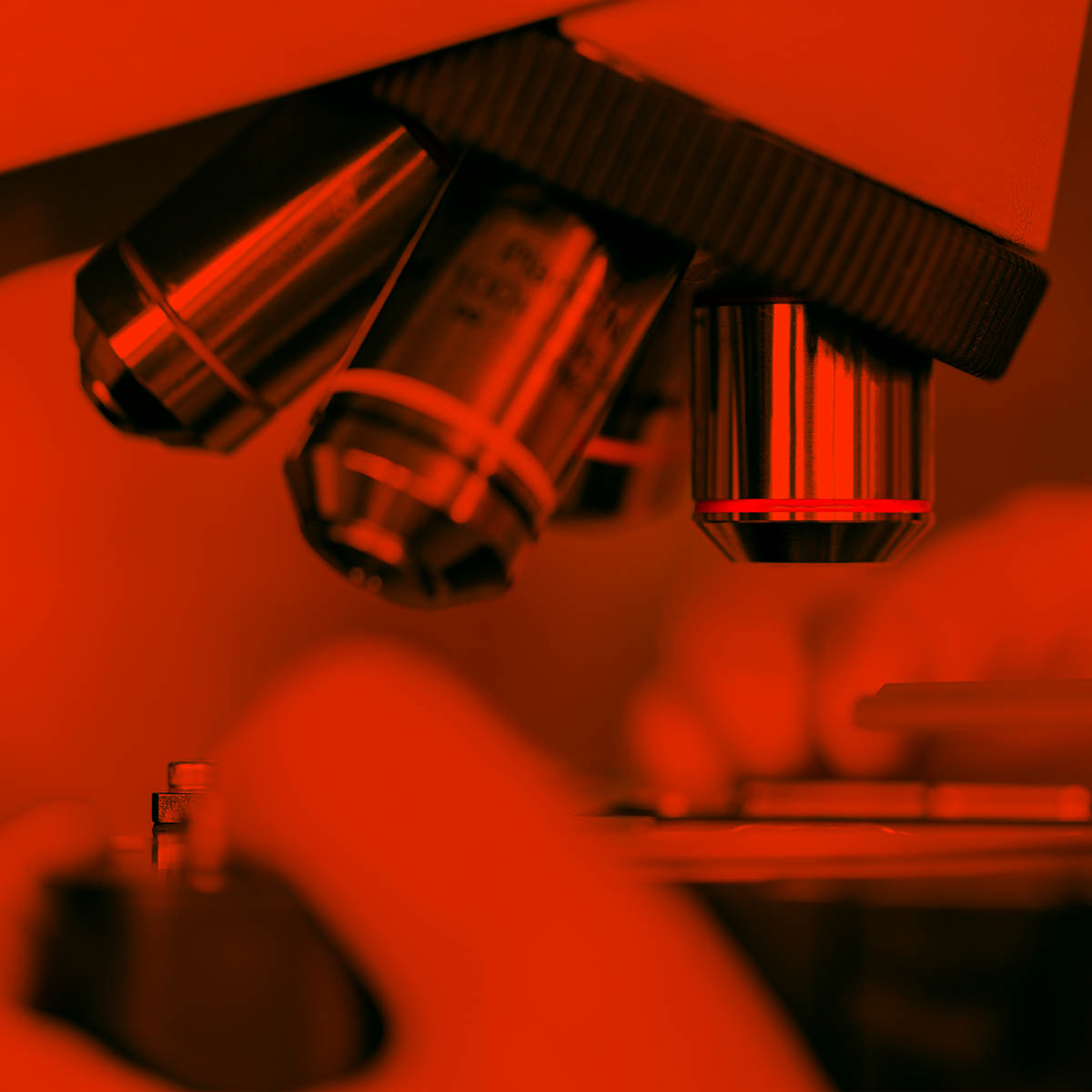MOAB FOR THE PHARMACEUTICAL MARKETBRIDGING THE GAP BETWEEN ANIMAL MODELS AND HUMANS
The pharmaceutical market is growing exponentially but the process of drug development is continously facing challenges about efficiency and efficacy.
The overall failure rate of drug development process is about 99.9%, mostly due to failure in the preclinical testing phase, which implies that the efficacy of drugs tested in vitro is almost never confirmed in animals.
3D Human Organoid Models proved to bring more potential benefits over Animal Models, thanks to more robust outcomes and a better representation of human tissue but are still lacking of a standardized protocol or guidelines, so individual researchers are left to determine the most appropriate system for themselves.
The capacity of organoids to generate complex 3D structures resembling organs is revolutionizing also the fields of stem cells biology by opening the doors to personalized medicine and genetic therapy. However, clinical translation of organoids into cell replacement therapies is halted due to the lack of robust, reproducible, and scalable methods of production in compliance with current pharmaceutical standards.
Thanks to the incorporation of three perfused chambers on a microscopy slide, our 3D Miniaturized Optically Accessible Bioreactor offer the ideal platform to study stem cells, 3D tissue or organoids under continuous perfusion, enabling diagnostics of cell response both in real-time and also post-cultivation
Fields of Application
GENE EDITING AND
STEM CELLS RESEARCH
Wihin MOAB is possible to observe in real time the behaviour of multiple lines of stem cells in 3D organoid in order to prevent unwanted outcomes and discover the best candidate for clinical applications. Moreover, with the advent of various genetic-engineering tools, pathogenic genes and mutations can be directly tested in organoids allowing to perform human genetic studies in controlled genetic backgrounds.
CANCER RESEARCH
MOAB offers ad innovative platform to assemble pre-screening models able to reduce, refine and partly replace animal models in cancer research because inside its chambers is possible to simulate the in-vivo environment of a tumor or specific organ and to reproduce in-vitro a tissue response to chemotherapy agents or stem cells.
MOAB FOR RESEARCH
ETHICS AND SOCIETY
The Biotech sector is undergoing great development and investments are growing at double-digit percentages; contributing to the improvement of this sector in terms of ethics, safety and scientific development means making an impact on the whole society.
The reduction of animal experimentation is one of the key objectives established by the European Union in the field of research in the pharmaceutical field. The technology developed by MOAB makes it possible to respond to this ambitious goal, while maintaining high safety standards.
MOAB IN THE BIOREACTOR MARKET
MOAB is equipped with three milli-fluidic culture chambers, 400 microns thick, 3×7 mm wide, thus allowing to culture in triplicate 3D tissue equivalents containing few million cells. These cells can be harvested and analysed at any culture time points, as the chambers can be repeatedly opened and closed, differently from all the commercial systems like MICRO-fluidic chips or MACRO-fluidic bioreactors.
RESEARCH AND INNOVATIONCRACK IT CHALLENGE
Sponsored by Bayer, Novartis, and Takeda, this challenge was taken up by MOAB S.r.l. thanks to the winning of the CRACK-IT grant by NC3Rs with the project: “Development of an in vitro viability and tumorigenicity index for genome-edited hHSPCs with the MOAB bioreactor”.
Some blood-related monogenic diseases like sickle cell anaemia and haemophilia could be treated with gene-edited human Hematopoietic Stem cells (hHSPC).
Gene editing of hHSPCs using CRISPR-like precision molecular tools offers a high level of site-specific gene correction, but it could lead to off-target deletions and mutations, some of which may have oncogenic potential.
In vivo studies to evaluate the safety of such therapies are a regulatory requirement, but they are prolonged, inconvenient, use large numbers of animals, and they do not always guarantee safety or efficacy in humans.


